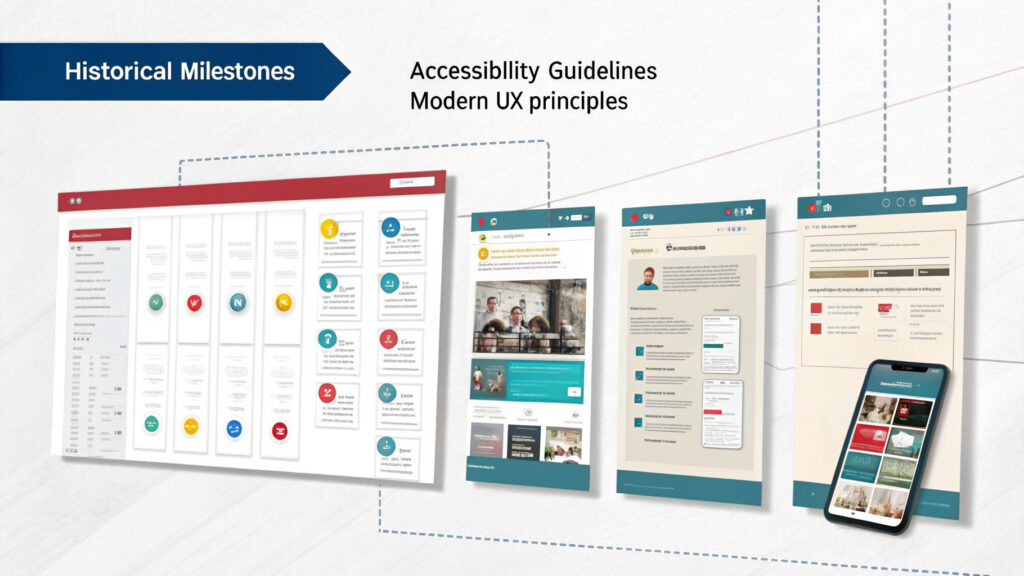
In the thrilling, never-ending saga of user interface design, the protagonist has always been the user. And like any compelling narrative, the way our hero interacts with the world around them tells a story. In this case, that story is told through data. Data, my dear friends, is the unsung hero of adaptive user interfaces. The Sherlock to the user’s Watson, if you will. An adaptive user interface without data is like a detective without clues, a ship without a compass, a writer without sarcasm. In essence, it’s utterly lost.
Adaptive user interfaces are the current darlings of the tech world – sleek, intuitive, and as fashion-forward as a digital catwalk model. But the real magic isn’t in the surface aesthetics, it’s in the behind-the-scenes action. And that action is all about data. Data collected, analyzed, and employed to shape the user’s journey, ensuring it’s as smooth as the prose in a Pulitzer-winning novel.
Data, in the context of adaptive user interfaces, is the oracle that predicts and crafts the future. It observes patterns, understands preferences, and quietly adjusts the environment to suit the user’s needs. It’s like an overzealous personal assistant, constantly tidying up your digital space to create the most efficient, pleasing, and intuitive experience possible.
Data collection is the first step in this process. But before your privacy alarm bells start ringing, let’s clarify something. We’re not talking about the cloak-and-dagger, identity-stealing type of data collection. Instead, we’re talking about the harmless, constructive kind that enables the system to learn your preferences. It’s the equivalent of your favorite barista remembering that you like your coffee with two shots of espresso and a dash of oat milk.
Next, the data is analyzed. And this is where things really get exciting, in a ‘watching paint dry could be thrilling if you’re into that sort of thing’ kind of way. Through a series of complex algorithms and models, the system sifts through the collected data, identifying patterns and trends. It’s like a digital archaeologist, digging through layers of data to unearth the relics of user behavior.
Once analyzed, the data is then used to shape the interface. Like a digital potter, the system molds the UI to better suit the user’s needs and preferences. It’s a continuously evolving process, as fluid as the plot of a daytime soap opera. As new data is collected and analyzed, the interface adapts, creating a personalized user experience that’s as unique as a snowflake (or a fingerprint, if you’re not into cliches).
So, we’ve established that data is crucial in shaping adaptive user interfaces. But what’s the endgame? Well, the goal is to create a user-centric design that’s as comfortable and intuitive as your favorite pair of jeans. A design that anticipates your needs before you even realize them yourself.
In the grand scheme of things, adaptive user interfaces data isn’t just a tool for creating sleek, user-friendly designs. It’s a bridge, connecting the user and the system in a meaningful and engaging conversation. It’s the secret sauce that turns a good user interface into a great one.
In conclusion, data is the lifeblood of adaptive user interfaces. It fuels the system, guiding it in its quest to deliver a personalized, intuitive, and efficient user experience. So, the next time you find yourself navigating a particularly user-friendly interface, spare a thought for the unsung hero that made it possible – data.
Now, dear reader, you’re well-equipped to impress at any cocktail party with your knowledge of the role of data in shaping adaptive user interfaces. Or at least, you should be able to win a round or two in your local pub quiz. Either way, you’re welcome.


